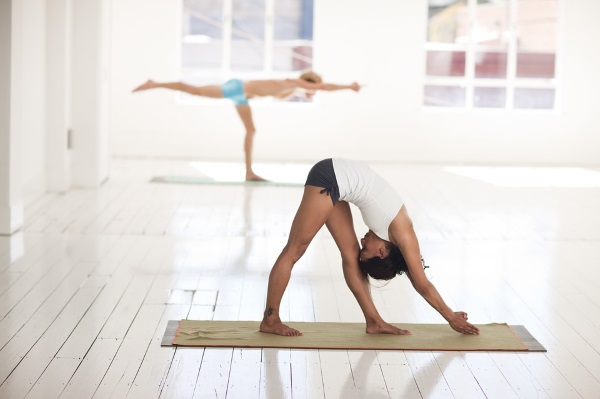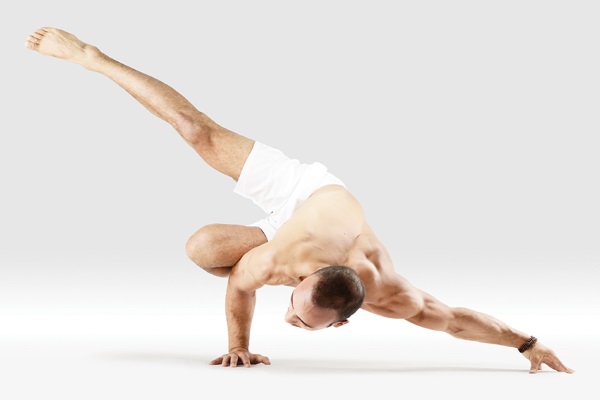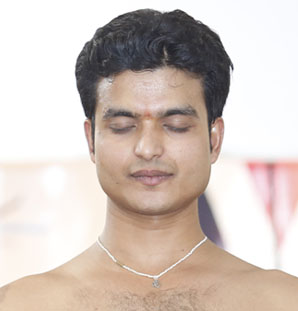6 Yoga Pose Transitions for Beginners
by Bipin Baloni
Summary: Explore the blog to find some of the finest transition poses while practicing Yoga.
Yoga poses are called the heart of Yoga. Poses are an integral part of the ancient discipline, which has been prevalent on the planet since time immemorial. Those who practice Yoga on a regular basis for improvement of their personal health take part in long sessions. Practicing multiple asanas needs a lot of care during changing to the next exercise. The process of transition is as important as the Yoga poses are. Since you are changing the state of your body and mind, corrective measures should be adopted while transitioning into the next pose.
Here are some of the easiest and most astonishing pairs of Yoga transition that you should include in your Yoga practice.
Dandasana to Savasana
Yoga is a spiritual practice and the practice of this science should begin in a tranquil way. Dandasana promotes harmony in the mind and composure in life. Savasana is an exercise of similar distinction that is practiced by lying freely on the mat. Begin the practice by sitting with your legs spread out in front of you and the upper body in erect position. Make sure a right angle is created in between the thighs and abdomen.
Now, place your back on the mat, ensuring your legs are in the same position as they were. This transition is one of the most pleasant in Yoga and should be performed by every yogi.
Bitilasana to Marjariasana
Cow-cat combination pose is quite popular among Yoga practitioners. Although these are parts of a fine transition exercise, they can be performed individually as well. Come to the tabletop position with the knees and palms on the ground. Make sure your shoulders are aligned above the wrists and the hips are above the knees. Engulf the belly towards the ground and lift your head above, this process is called Bitilasana.
Follow this with Marjariasana, which is practiced by lifting your belly upward and the eyes gazing towards the pelvis region. Try to rest your body in the position for a minute or so.
Urdhva Mukha Svanasana to Bhekasana
To enjoy an awesome self-confidence, Urdhva Mukha Svanasana or Upward Facing Dog is one of the best poses. Lie flat on the stomach with arms and legs free. Bring your hands near the chest to push the ground and lift the shoulder towards the ceiling. Make sure the arms are aligned with the body and right angles are created at the elbows.
Keeping your chest lifted, bend your knees and with the help of your hands, bring your feet near the hips. Hold the body in the position of Bhekasana for a couple of minutes before coming to a relaxing posture.
Virabhadrasana II to Trikonasana
Keep your feet distanced according to your shoulder width. Keeping the left leg in an erect position, bend the right knee at 90 degrees in the forward direction. Extend your hands in such a way that they are aligned in the same line, parallel to the ground.
Come into the original wide-feet position and touch the left feet with the left hand and repeat the same action on the other side to complete the practice of Trikonasana.
Kapotasana to Balasana
Although Kapotasana can be a little challenging to perform, a beginner level yogi can practice this with some practice. Since Pigeon Pose is an advanced practice, it is better to follow the exercise with a calming pose. Kneel down on the floor. Ensure that your knees are in a straight line to your head. Bend your body in the backward direction to touch your soles which is facing the ceiling with your hands.
For the transition, use your palms to come into the original position. Sit on the heels and bend your body in front to put your chest on the thighs and forehead on the ground.
Adho Mukha Svanasana to Phalakasana
Adho Mukha Svanasana is Downward Facing Dog and Phalakasana is Plank Pose. Make a mountain like structure with your feet and palms on the ground. Your buttocks should be on the top position. Make sure the knees are unbent and both halves of the body are in a straight line.
Shift the body weight on your shoulders that should be aligned above the wrists. From the toes to neck, all the body parts should be in a straight line during Phalakasana. Feel the pressure exerted by the abdomen and hips.


Author Bio : Bipin Baloni is a passionate Yogi, Yoga Teacher and a Traveller in India. He provides Yoga Teacher Training Nepal. He loves writing and reading books related to yoga, health, nature and the Himalayas.
Website: http://yogatrainingnepal.com/

Leave a Reply